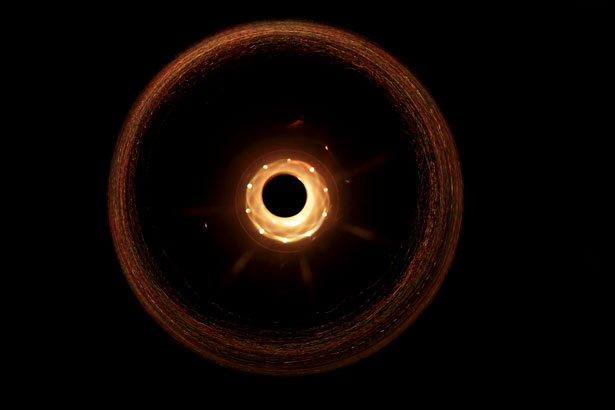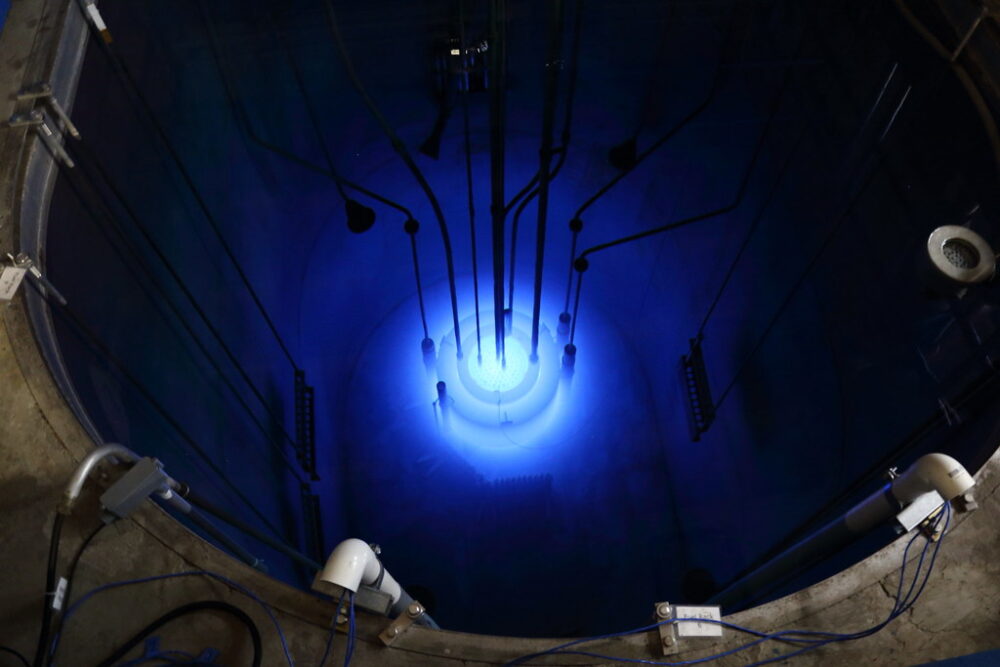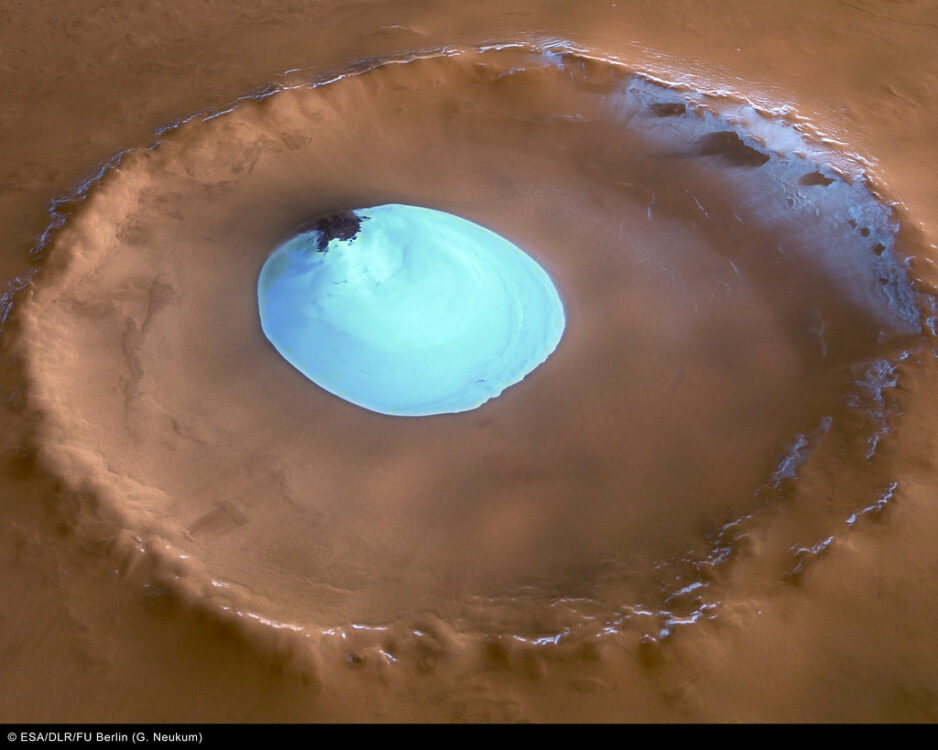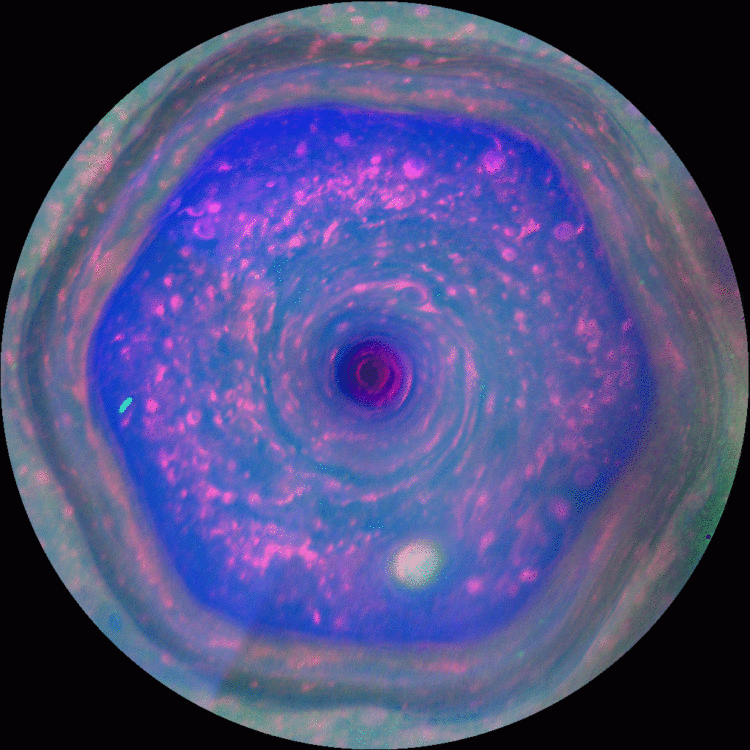Surpassing the incomprehensible: using synthetic dimensions to explore the higher-level universe
We experience three common spatial dimensions in our universe: depth, width, and length — with time sometimes considered as a fourth dimension. Each progressive dimension adds complexity and therefore requires more information to describe. For example, more information is needed to describe a three-dimensional cube than a less-complex two-dimensional square. Although certain theories have suggested […]







